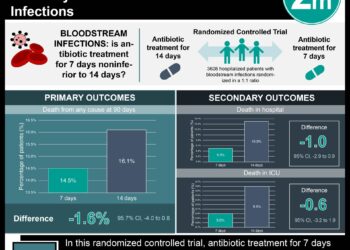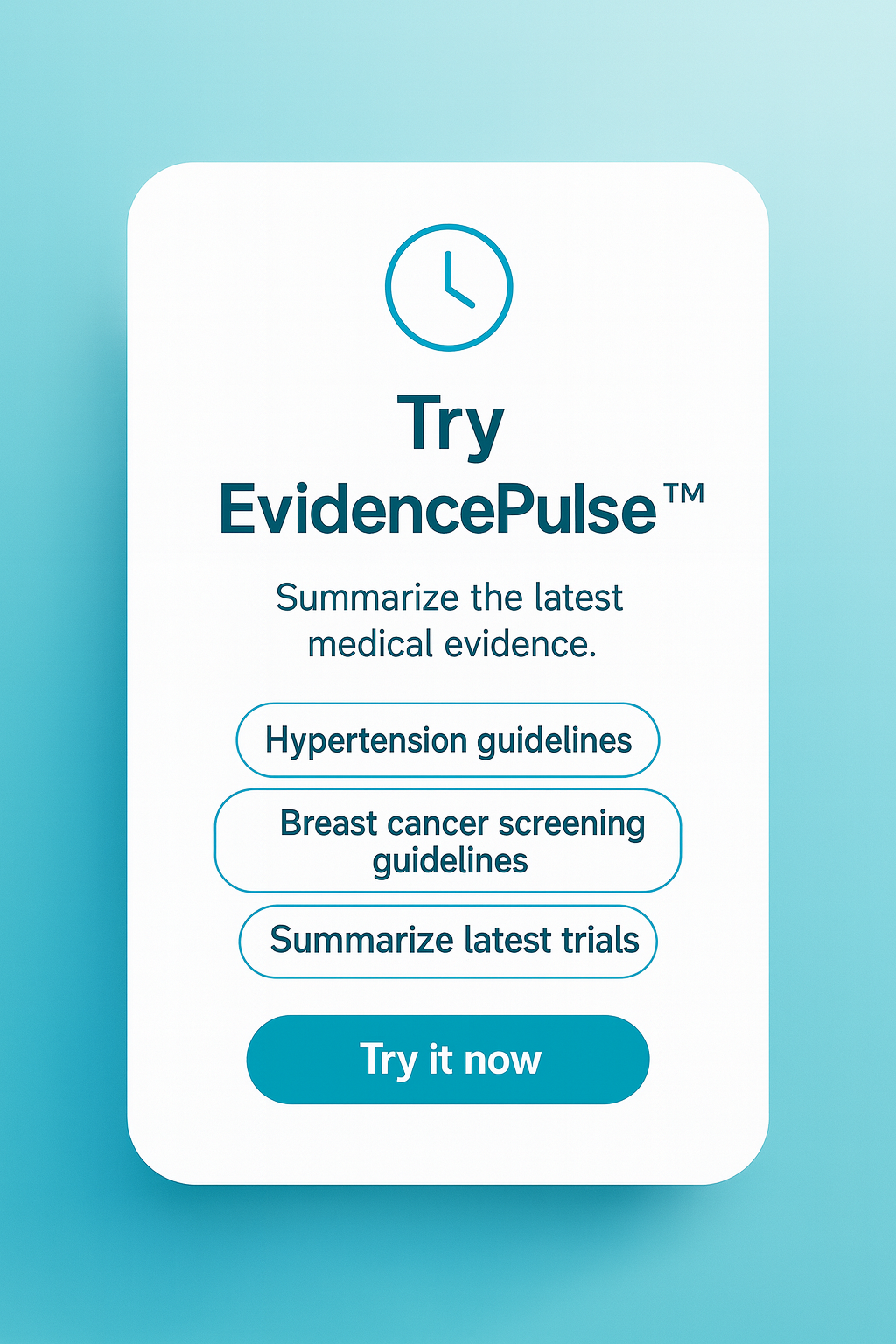Study suggests twice as many antimicrobials prescribed than needed
1. A meta-analysis suggests bacterial prevalence in 27.4% of all pediatric acute respiratory tract infections (ARTIs), with a subsequent retrospective cohort analysis indicating that 56.9% of all ARTIs were treated with antimicrobial prescriptions.
2. Antimicrobial prescription patterns accounted for more than twice the expected rate of antimicrobial need when compared to actual bacterial prevalence data.
Evidence Rating Level: 1 (Excellent)
Study Rundown: More than 70% of antibiotic prescriptions given at a pediatric clinic visit are for ARTIs, which account for an approximate 31.7 million clinic visits annually in the United States. Given that the majority of these infections are viral, rather than bacterial, in nature, ARTIs represent an important area of antimicrobial stewardship. This two-fold study aimed to define bacterial prevalence rates amongst ARTIs and to determine rates of antimicrobial prescriptions given in such instances. After looking at common childhood ARTIs, results indicated that antibiotics were being prescribed at twice the rate of bacterial infection. Though the study is limited by the breadth of evidence establishing bacterial prevalence in certain types of ARTIs (e.g. bronchitis, upper respiratory tract infections), these findings still highlight the need for further interventions to curb preventable antimicrobial use for non-bacterial infections.
Click to read the study, published today in Pediatrics
Relevant Reading: Antibiotic Prescription Rates for Acute Respiratory Tract Infections in US Ambulatory Settings
Study Author, Dr. Matthew P. Kronman, MD, MSCE, talks to 2 Minute Medicine: Division of Infectious Diseases, Department of Pediatrics, University of Washington, Seattle, Washington.
“Inappropriate antibiotic prescribing for common childhood acute respiratory tract infections (ARTI, including otitis media, sinusitis, pharyngitis, URI, and bronchitis) is a well-described problem. Our current study helps identify a target rate for prescribing antibiotics for ARTI overall, and demonstrates that current national outpatient antibiotic prescribing for these ARTI is approximately twice what it needs to be, representing up to 11 million potentially preventable antibiotic prescriptions each year. In the setting of the known risks associated with antibiotic prescribing – including allergic reactions, diarrhea due to C. difficile, selection for resistant and difficult to treat bacteria, and even long-term consequences such as asthma and inflammatory bowel disease – providers can use these findings regarding the bacterial prevalence among ARTI as a point in their clinical decision-making and in discussing antibiotic-sparing approaches such as watch-and-wait strategies with families.”
In-Depth [meta analysis, retrospective cohort study]: This two-fold study analyzed bacterial prevalence and antimicrobial prescription trends for ARTIs in the pediatric ambulatory setting. The first component attempted a meta-analysis culling bacterial prevalence data for 5 common ARTIs (acute otitis media, sinusitis, bronchitis, upper respiratory tract infection, pharyngitis). A bacterial prevalence of 64.7% was found in acute otitis media, 78.0% in sinusitis, and 20.2% of only Streptococus pyogenes in pharyngitis; no studies for bronchitis or upper respiratory tract infections were ultimately included the analysis. The meta-analysis suggested an expected antimicrobial prescribing rate of 27.4% for pediatric ARTIs (95% CI: 26.5-28.3%). The second study component utilized data from the National Ambulatory Medical Care Survey for antimicrobial prescriptions for ARTIs in children; a 56.9% prescription rate was found for pediatric ARTIs (95% CI, 50.8%–63.1%). Overall, results suggest that antimicrobials were being prescribed at more than twice the rate of expected bacterial infections.
More from this author: MMR vaccination intentions higher with direct benefit education, Severity of complications in pediatric influenza-like illness identified, High prevalence of pediatric dosing errors suggests unit standardization, Sexting linked to sexual activity in middle school students, Possible benefit in omega-3 supplementation for extremely preterm infants
Image: PD
©2012-2014 2minutemedicine.com. All rights reserved. No works may be reproduced without expressed written consent from 2minutemedicine.com. Disclaimer: We present factual information directly from peer reviewed medical journals. No post should be construed as medical advice and is not intended as such by the authors, editors, staff or by 2minutemedicine.com. PLEASE SEE A HEALTHCARE PROVIDER IN YOUR AREA IF YOU SEEK MEDICAL ADVICE OF ANY SORT.





![Combo angiotensin-neprilysin inhibitor superior to enalapril in heart failure [PARADIGM-HF trial]](https://www.2minutemedicine.com/wp-content/uploads/2014/09/Angiotensin-75x75.jpg)


